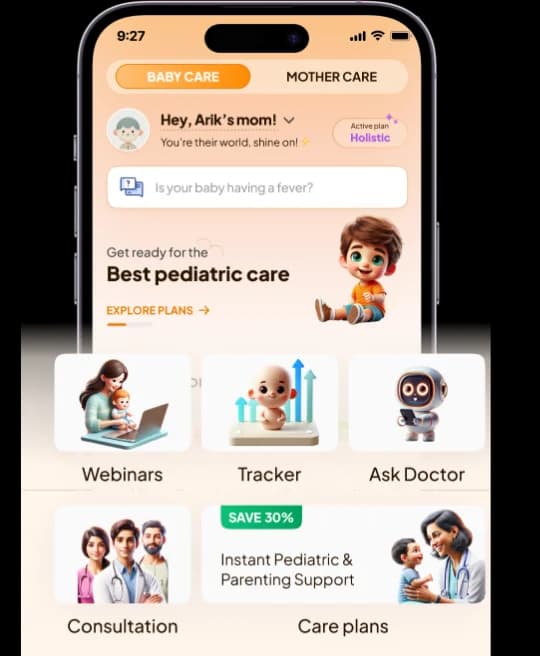
Jaundice in Babies and Newborns
Jaundice is a common condition that affects many newborns. Jaundice is caused by an excess of bilirubin, a waste product that is produced when red blood cells break down. Bilirubin is normally excreted by the liver, but in newborns, the liver is not yet fully developed, and it may not be able to remove bilirubin from the body quickly enough.
In this article, we will cover the different types of jaundice, symptoms, causes, and treatment options.
Is jaundice common in newborns?
Jaundice is a common condition among newborns. Approximately 60% of full-term babies develop jaundice in their first week of life, while up to 80% of premature infants may develop it within the same timeframe.
Risk factors for severe jaundice in newborns:
- Breastfeeding difficulties, dehydration, or low-calorie diet
- Premature birth
- Bruising during delivery
- Nature of blood type
Types of jaundice in newborns:
- Physiological jaundice (most common, usually harmless and heals within 2 weeks)
- Breastfeeding jaundice (caused by inadequate breast milk, common in first week)
- Breast milk jaundice (caused by substances in breast milk, can last a month or more)
Symptoms:
- Yellowing of skin and eyes appears 2-4 days after birth
- Bilirubin levels peak at 3-7 days after delivery. Normal bilirubin levels: 0.3-1.0 mg/dl (total); 5.2 mg/dl (direct)
- Phototherapy is initiated if total serum bilirubin level is ≥15 mg/dl within 25-48 hours of birth
- Other symptoms: drowsiness, seizures, high-pitched wailing, changes in muscle tone, black and yellow urine, poor feeding, pale stools
